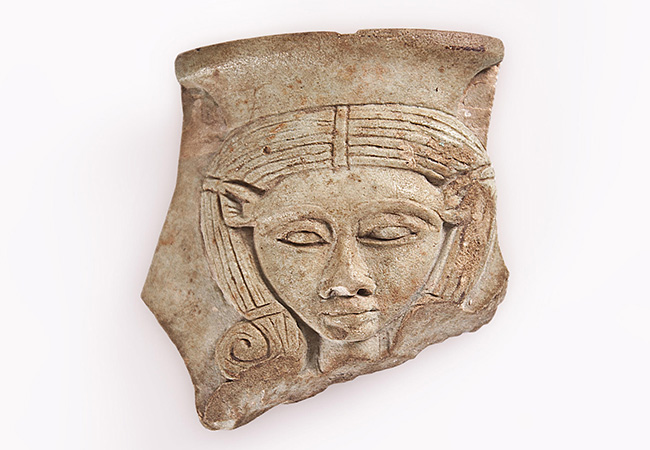
Introduction
The Archaeological Collection was classified by Collantes de Terán and Juan de Mata Carriazo. It is composed by 603 pieces, from Prehistory to the Middle Ages. The Collection belongs to the Department of Prehistory and Archeology Department of Geography and History Faculty. It is not fully published. Within the Archaeological Collection we also find the Egyptian and Numismatic collections.
History
During the 19th century, Spanish universities were interested in improving their facilities and the creation of scientific museums and collections.
In 1850 it was created the Cabinet of Natural History. The main nucleus of it were minerals, plants and animals, but also, there were some prehistoric archaeological materials. The collection has grown after the years with materials found in surveys, exchanges or donations.
When the University was transferred to the building of the Royal Tobacco Factory, the Prehistoric collection became part of the Department of Prehistory and Archeology at the Faculty of Geography and History.
On the other hand, in 1898 at the Faculty of Philosophy and Letters arises the idea of creating an Archaeological Museum. It was possible mainly because of donations from teachers and the university community, as well as contributions from prospecting tasks. During the first half of the twentieth century archeological pieces of the dismantled Museo Arqueológico del Ateneo and Sociedad de Excursiones de Sevilla, as well as the prehistoric pieces coming from the old Cabinet of Natural History that we mentioned above are added.
As the 20th century moves forward the archaeological materials obtained in excavations and surveys by professors and archaeologists of the University are kept by legal regulations in the Provincial Archaeological Museum.
Regarding the Egiptian Collection, it was cataloged and published in 2000 by Professor Myriam Seco Álvarez. A total of 77 Egyptian pieces dated between the first and second millennium BC compose the collection. It was purchased by the Department of Prehistory Archeology of the Faculty of Geography and History to Foudree from 1968 to 1970. He was a collector and professor of English language at the Faculty, who possibly acquired them in markets of antiques and superficial explorations.
The Numismatic Collection, classified and published in 1994 by Francisca Chaves, is made up of a total of 1742 coins, from Iberian time to 1904. There is also a silver treasure of emaral coins from Osuna. It belongs to the Department of Prehistory and Archeology. There is no information about the origin of the collection or the provenance of most of its specimens.
Due to the history of the formation of the Archaeological Collection itself, its nature is diverse. Among the pieces that compose it we can emphasize the Egyptian amulets, whose chronology goes from the first to the second millennium B.C.; A Greek hydria of red figures of the fifth century B.C.; Or a Roman portrait, depicting Mars, from the second century A.D.
Further Information
Opening Hours
At present it is not possible to visit this collection. However, you can read more at Patrimonio artístico.
